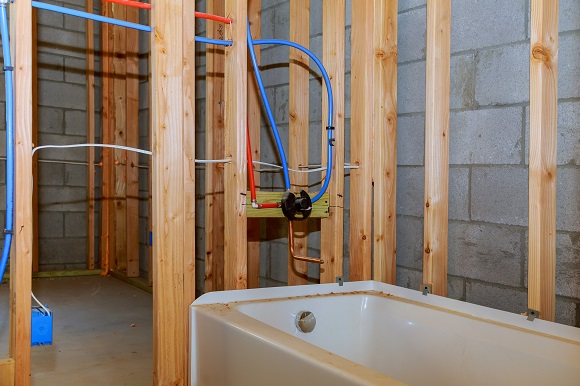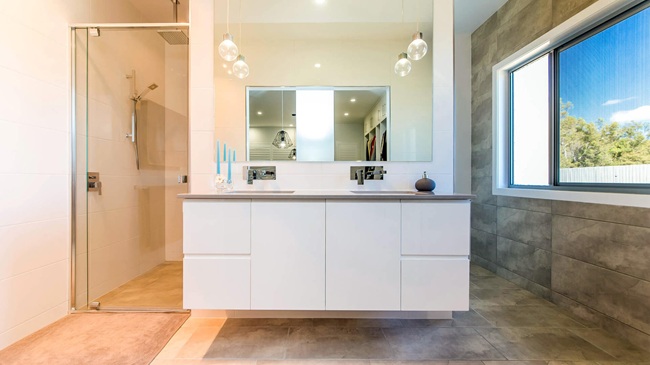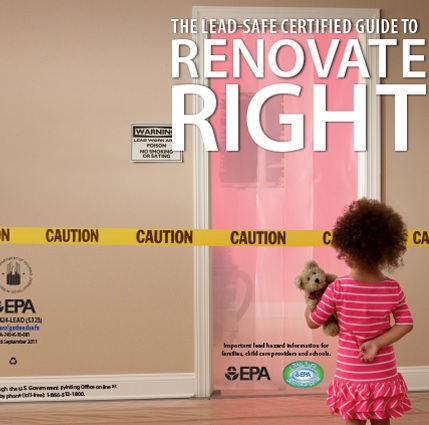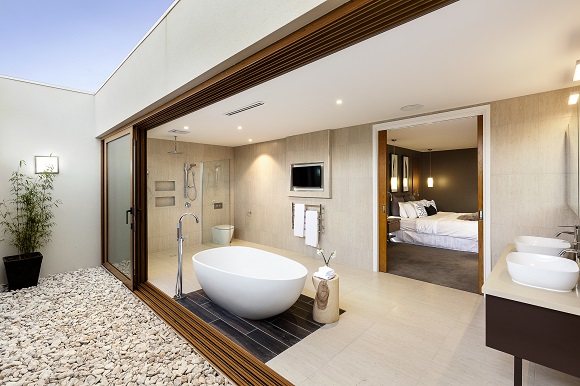3 Best Tips for Basement Remodeling
We’ve talked about finishing basements before, but let’s dive a little deeper—because basement remodeling is hands down one of the best ways to boost your home’s value and add some seriously useful space. If you’re handy, you might want to tackle it yourself. If not, no shame in calling in a pro to get it done right. The goal here is simple: turn that underused space into something that really works for your lifestyle.
3 Simple Ideas for Basement Remodeling:
What you can turn your basement into:
-
An adult retreat or game room
-
A fun and safe playroom for the kids
-
A cozy guest bedroom
-
A full-on entertainment zone
Before you start dreaming too big though—one non-negotiable: waterproofing. It’s absolutely essential. Without it, the first heavy rain could ruin all your hard work (and your new space). Once that’s sorted, here are a few ideas to help get your basement remodeling plans off the ground…
Basement remodeling to keep water out
When it comes to basement remodeling, one of the most important things to plan for is water damage. Even if your basement seems dry now, moisture can sneak in and cause big problems later—so it’s smart to take precautions early.
Start by applying a good waterproofing compound to the walls. It adds an extra layer of protection and helps keep dampness at bay. If you notice any cracks or small crevices, make sure to seal them up properly—don’t skip this step.
Next up: framing. Use 2-by-2-inch nails to attach vertical furring strips to the walls, spacing them 16 inches apart. This layout is key because drywall (or Sheetrock) typically comes in 48-inch widths, so measuring carefully will save you headaches later.
Once the strips are in place, secure them using either mastic adhesive or concrete nails, depending on whether you’re working with wood or concrete walls. From there, you can attach your wood panels with glue or nails, and don’t forget to fill in any holes with a matching putty to finish things off neatly.
Work on ventilation in the Basement
Proper ventilation is a must when it comes to basement remodeling—and it’s something a lot of people overlook. To keep the air fresh and prevent mold or mildew, make sure there’s space between your foundation wall and the interior paneling for airflow. Basements are naturally more enclosed than other areas of the home, so without good ventilation, stale air and moisture can quickly become an issue.
Think ahead and plan for more ventilation than you think you’ll need. This could mean installing vent spaces at regular intervals or using moisture-resistant insulation that allows for air movement. You might even want to look into a dehumidifier or a small HVAC extension to help regulate temperature and humidity long-term.
While you’re designing the layout, don’t skimp on electrical outlets either. Whether you’re setting up a home office, entertainment center, gym, or just a chill hangout zone, you’ll need plenty of power points. Think about where you’ll place TVs, lamps, gaming systems, or even a mini fridge.
And here’s a tip that could save you a ton of trouble—leave the electrical work to a licensed contractor. It’s just not worth the risk of doing it yourself unless you’re a qualified electrician. A professional will ensure everything’s up to code and safely installed, which gives you peace of mind when you’re plugging everything in later.
Get Creative with Your Basement Remodeling
Your basement is one of those hidden gems in the house—a space where you can really let your creativity shine. With basement remodeling, you’re not just fixing up a room, you’re creating an entire vibe. Whether you want a cozy home theater, a game room, a personal gym, or a stylish guest suite, it all starts with choosing the right finishing materials and a strong design theme. Go bold or keep it minimalist—the choice is yours.
One thing that’s easy to overlook but absolutely essential: lighting. Most basements don’t get a lot of natural light, so you’ll need to plan a lighting setup that makes the space feel bright, open, and welcoming. Think layered lighting—overhead fixtures, task lighting, and accent lights all work together to transform the space.
Before you dive into your remodel, though. Please make sure to check for any issues that could throw a wrench in your plans. Here are seven quick tips to help guide your basement remodeling checklist:
7 tips for the remodeling project
-
Is it damp? If your basement has a constant moisture issue, it might be better suited for storage unless properly waterproofed.
-
Water seepage: Check the walls and partitions for signs of abnormal water intrusion—this could lead to serious damage over time.
-
Paint wisely: Use paints specifically made for basement environments—moisture- and mildew-resistant varieties are ideal.
-
Watch for mold: If you notice mold or mildew growing, address it before starting any renovations.
-
Inspect for cracks: Keep an eye out for any crevices in the walls or floors. Small cracks now can mean big problems later.
-
Check the flooring: Is the floor lifting or cracking? That could be a sign of foundational issues that need attention first.
-
Look at the hardware: Corrosion on pipes, furnaces, or other metal elements in the basement can signal excess moisture or air quality issues.
The key to a successful basement transformation is good planning. Take the time to assess the space properly and think through your design choices. And if you’re feeling unsure or overwhelmed, don’t hesitate to bring in a professional interior designer or basement contractor. They can help you bring your vision to life—without the guesswork.








